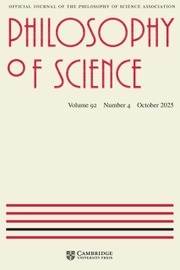Crossref Citations
This article has been cited by the following publications. This list is generated based on data provided by Crossref.
Baerdemaeker, Siska De
2025.
Philosophy of Cosmology and Astrophysics.

